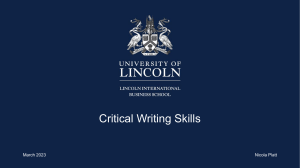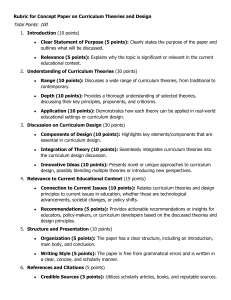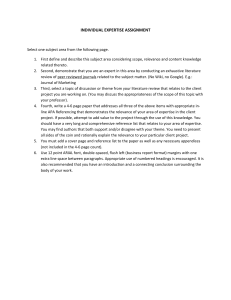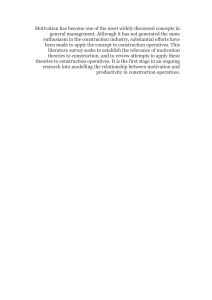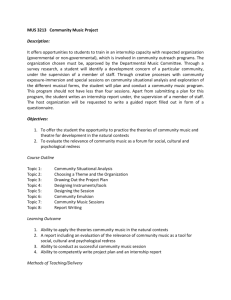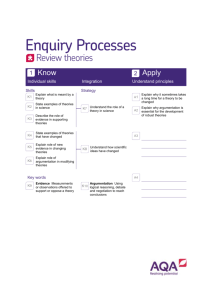Chapter 3 Critically reviewing the literature
advertisement
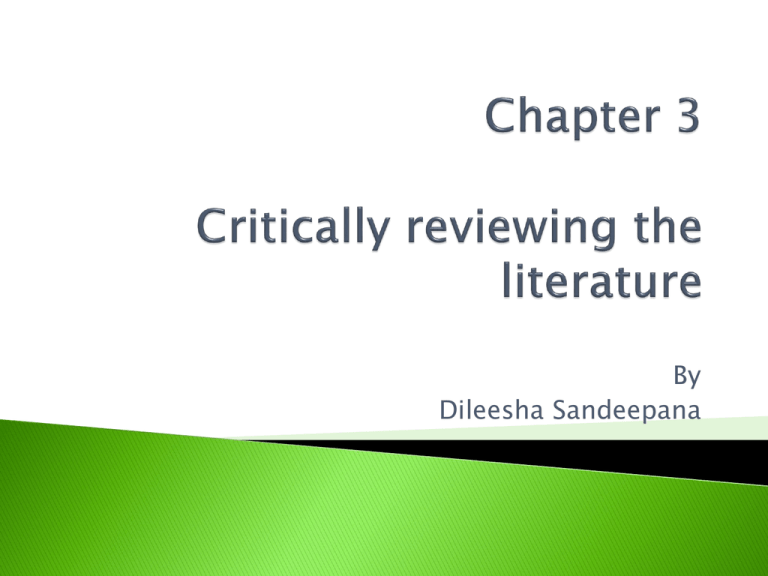
By Dileesha Sandeepana To conduct a ‘preliminary’ search of existing material. To organize valuable ideas & findings. To identify other researches that may be in progress. To generate research ideas. To develop a critical perspective. Deductive: Developing a conceptual frame work which is tested using data. Inductive: Explores the data to develop theories which is then subsequently relate to the literature. To refine research questions & objectives. To highlight research possibilities. To discover recommendations for further research. To avoid repeating work. To sample current opinions in newspapers & journals. To provide insights into strategies, approaches & techniques. Previewing Annotating Summarizing Comparing & contrasting Why am I reading this? What is the author trying to do in writing this? What is the writer saying that is relevant to what I want to find out? How convincing is this? What use can I make of this reading? Include key academic theories Demonstrate that the chosen area is up to date. Use clear referencing for the reader to find the original cited publications. A single chapter A series of chapters Throughout the report Demonstrate that you have read, understood & evaluated your material. Link the different ideas to form a cohesive & coherent argument. Make clear connections to your research objectives & the subsequent empirical material. Define the research parameters. Generate key words. Discuss your research. Brainstorm ideas. Construct Relevance trees. Techniques Define the scope of your review. Access relevance & value. Access sufficiency. Biographic details. Brief summary of content. Supplementary information. Stealing from another source. Submitting material written by another. Copying material without quotation marks. Paraphrasing material without documentation. Importance of critically reviewing literature. Approaches. Skills for effective reading. Structure of the literature review. Three main categories of sources. Literature search strategy. Evaluating. Recording. Thank you…
